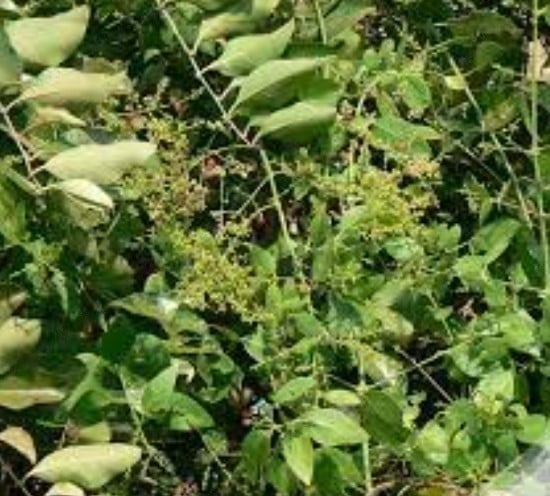Arak , Persian arak , kabbath , siwak tree , or tooth tree ( scientific name : Salvadora persica) is a perennial evergreen species of the genus Arak is a species of arak Arakia is abundant in the Tihama valleys .
Botanical description
Its leaves reveal a pleasant taste and pleasant smell when tasted, and its roots extend underground . Its flowers are small yellow. It bears fruit in the summer in the form of bunches like bunches of grapes , and its fruit is red in color, resembling the fruit of thistle . And the gharqad , when it matures, it becomes black in color. Camels graze on its branches, and humans and birds eat its fruit, which is called cabbage. The milk of cattle that eat it also acquires a pleasant smell.
Some Arab countries where deserts abound have begun cultivating the arak plant to stabilize the sandy soil and for its other benefits. Arak is considered one of the best trees from which the siwak is used. A special association for Arak was established under the name (MARDAT) to publish the recently revealed unprecedented revelations about the importance of its use and its benefits for holistic health.
Characteristics of Arak
There are chemical properties of the arak stick. There are analytical studies conducted in some German universities at the request of researchers interested in developing toothpastes. They found that the arak stick contains the element fluorine, which is an element that resists the effect of acid, as well as the chlorine element, which is an element that removes dyes, as well as sulfuria, which is a substance that resists and eliminates. On bacteria, the Dental Treatment Complex in Germany has recommended that toothpaste manufacturers add this substance to their pastes. There are other characteristics of the arak oud, as the arak oud replaces the need for a brush and paste. The oud is a brush and its chemical properties replace the need for paste. Likewise, the arak oud is more economical than the brush and paste.

